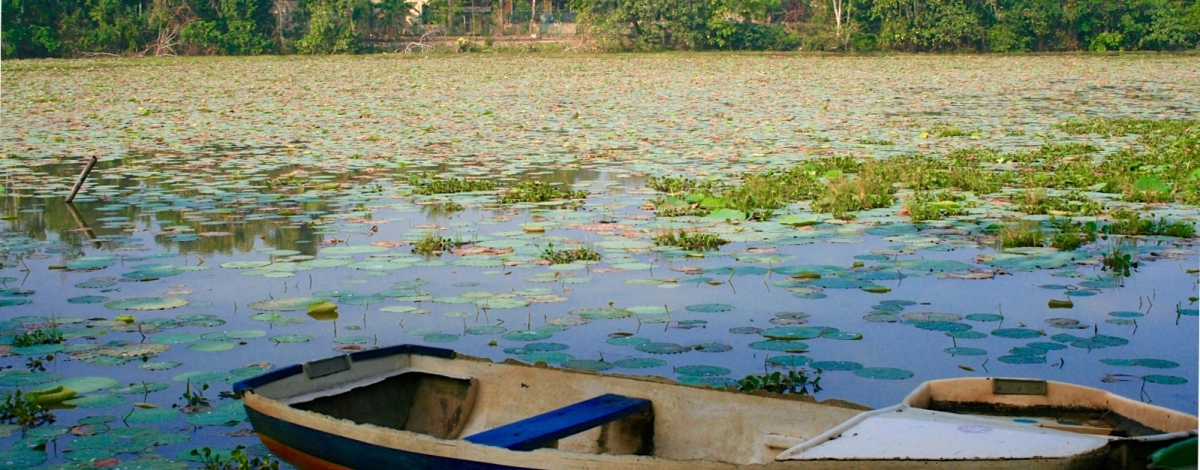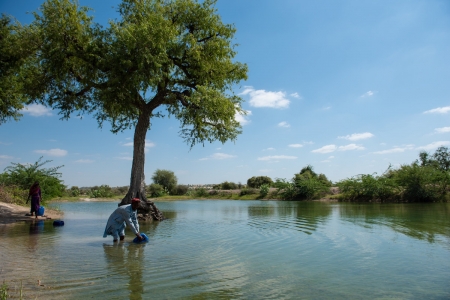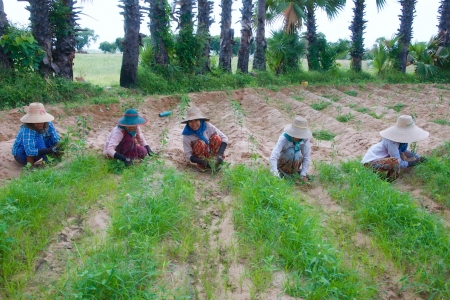As we mark Earth Day this week, a WLE Op-Ed in the Daily Mirror looks to nature’s solutions to climate change and other challenges. Wetlands preservation is vital for our environmental, food and societal futures.
Take a tuk-tuk ride in Colombo, the capital city of Sri Lanka, and chances are with every odd turn you’ll maneuver past a lake. Water bodies including marshes, mangroves and paddy fields are a common sight among the hustle and bustle of city life, forming a wetland complex trapping pollutants and cooling the air.
“Imagine,” Chris Dickens, principal researcher at the International Water Management Institute (IWMI) asked a darkened room of people at a resort in Bentota, Sri Lanka. “What would happen if you changed all those wetlands into concrete?”
His audience, employees of the Norwegian Embassy in Sri Lanka on a staff retreat pondered the question. The Embassy had invited Dickens to present on climate change and wetlands during the educational component of their annual staff retreat (luckily, a time long before COVID-19 and social distancing).
The topic hits home for Sri Lanka. Colombo is one of eighteen cities — and the only capital — to be designated a “Wetland City” by the International Ramsar Convention Secretariat.
What happens when towering skyscrapers and parking lots smooth over the lakes? Hotter days, said Dickens. Increased disaster risk, with rainwater building and sweeping through the city. Wetlands regulate air temperature and prevent floods, the large bodies of water trapping heat and collecting stormwater, helping adapt to and mitigate the effects of climate change.
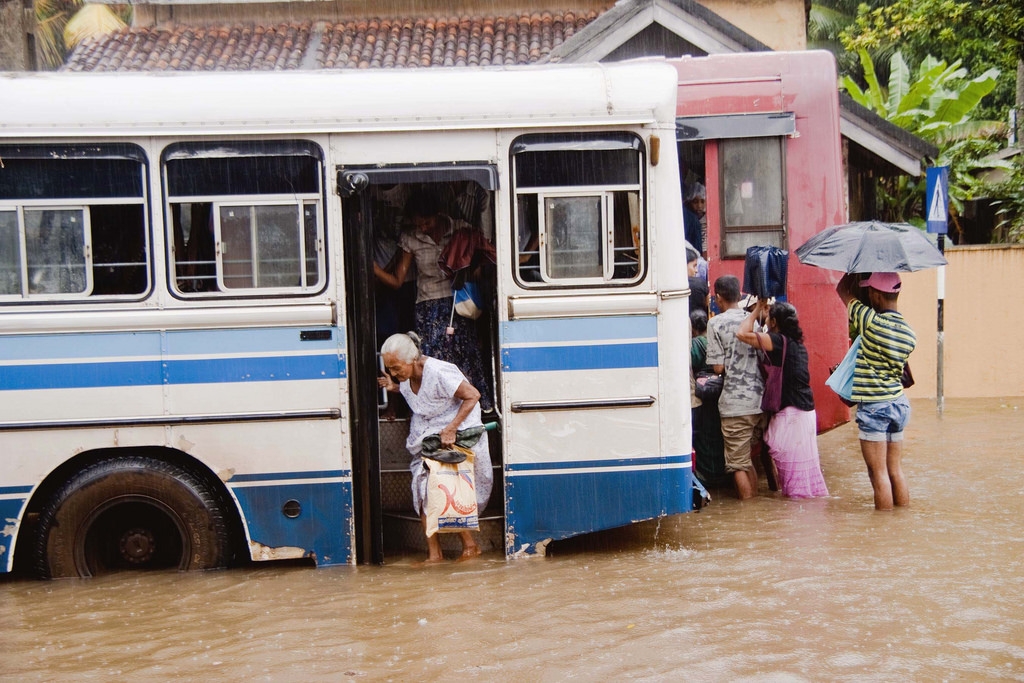
The Asian Development Bank and IWMI have found climate change contributes to the extreme rainfall experienced by the nation. Flood risks have been on the rise in Colombo, with increases in average annual rainfall over the past three decades.
Preserving natural infrastructure, such as wetlands, can capture storm water and decrease flood risk, helping communities adapt to increased climate variability.
Important carbon sinks
In addition, wetlands can support climate change mitigation by absorbing and storing carbon. While some wetlands release methane when water levels decrease and organic material is exposed, wetlands also absorb atmospheric carbon in vegetation and trap it in soil and sediment.
For instance, the loss of one hectare of mangroves is equivalent to the loss of 3-5 hectares of tropical forest when it comes to releasing stored carbon into the environment. The massive amounts of carbon already stored in wetlands and mangrove make preserving such areas a top priority for reducing greenhouse gas emissions.
The future of wetlands
From trapping carbon to limiting floods and droughts and protecting against storms, wetlands play a critical role in adapting to and mitigating climate change impacts. Preserving these natural spaces from being drained, built-over for development or covered by trash is key to retaining nature-based solutions for climate action.
Unfortunately, all is not good in Colombo, Dickens says. “This is a rubbish dump which is encroaching on a wetland,” he explained during his talk, pointing at a photo of a lake littered in plastic bottles and bags. “We’re losing wetlands rapidly.”
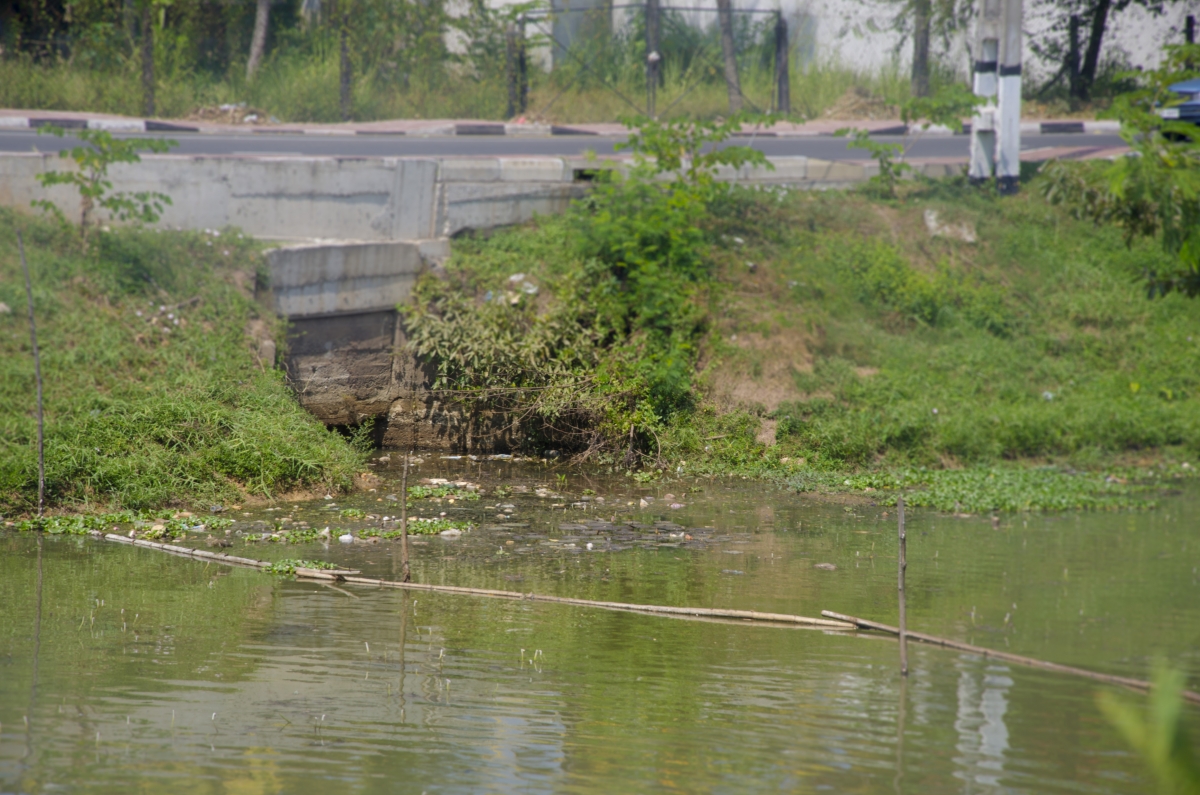
Wetlands cover around 20 square kilometers of Colombo, but around 58 acres, or 1.2 percent, are lost each year. Despite the government legally protecting 17 percent of the city’s wetlands, the land is often filled to serve private or commercial interests.
And there are consequences. If Colombo were to lose all its wetlands, according to a World Bank study, additional flood damage would cause the city to risk losing 1 percent of its gross domestic product on average every year.
Plans, however, are in place to protect the natural water bodies. The Capital City Development Plan for 2019-2030 embraces the value of wetlands, focusing particularly on flood mitigation and taking a comprehensive approach to conserving wetland ecosystems throughout the city. The city’s strategy also includes establishing two urban wetland parks with information centers and additional legal protections for these areas.
Adhering to these development plans will speak to Colombo’s designation as a ‘wetland city’ under the Ramsar Convention and the city’s commitment to the “wise use” of wetlands. Whether it is a forest of mangroves or a lake reflecting the cityscape, wetlands provide natural infrastructure to adapt to climate change.
Incorporating and enhancing wetlands in urban areas increases societal resilience to climate shocks. And preserving these lands helps the city implement sustainable development. Stronger policies and public education will pave the path forward. Wetlands depend on it. And so does our Earth.
This article was republished in the Daily Mirror.
---
Thrive blog is a space for independent thought and aims to stimulate discussion among sustainable agriculture researchers and the public. Blogs are facilitated by the CGIAR Research Program on Water, Land and Ecosystems (WLE) but reflect the opinions and information of the authors only and not necessarily those of WLE and its donors or partners.
WLE and partners are supported by CGIAR Trust Fund Contributors, including: ACIAR, DFID, DGIS, SDC, and others.
